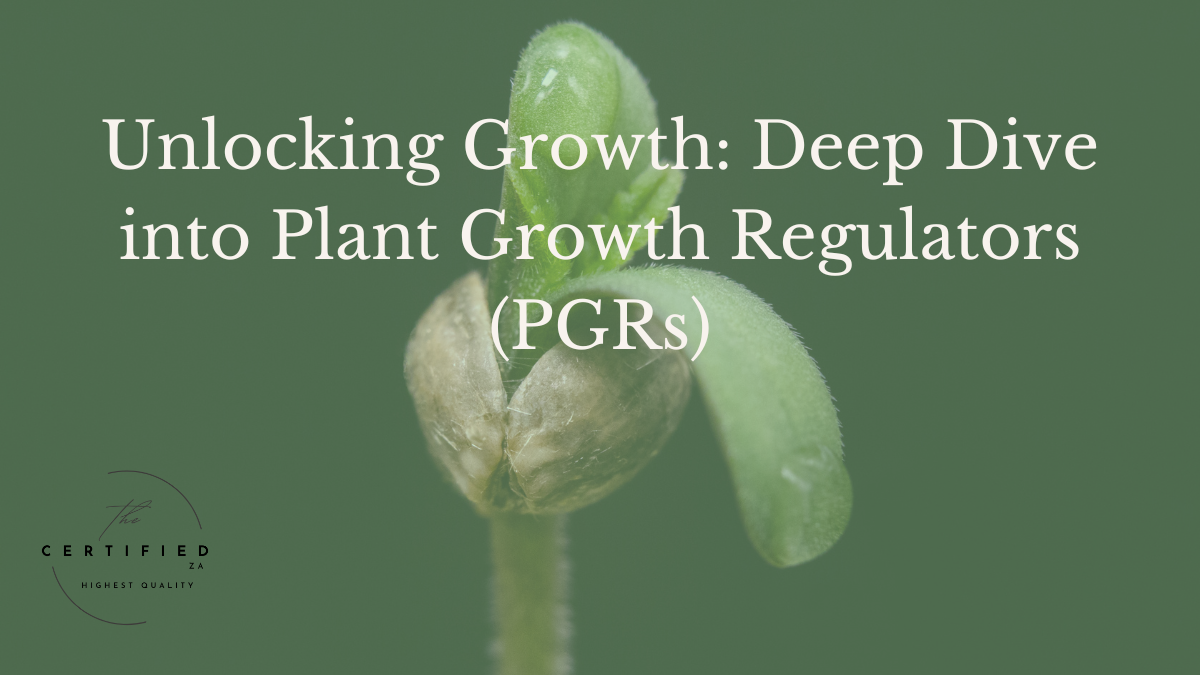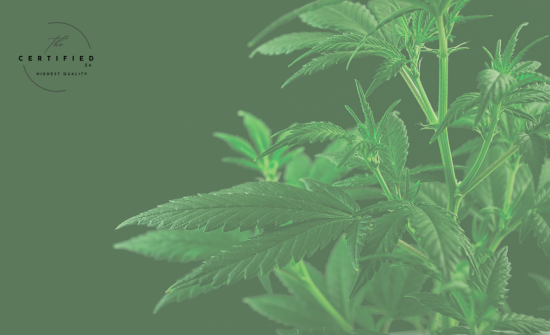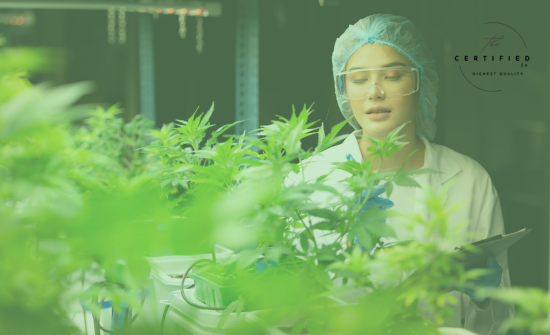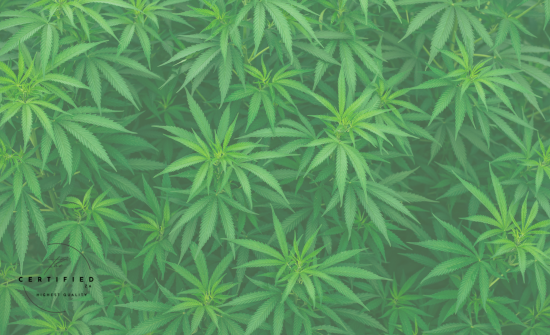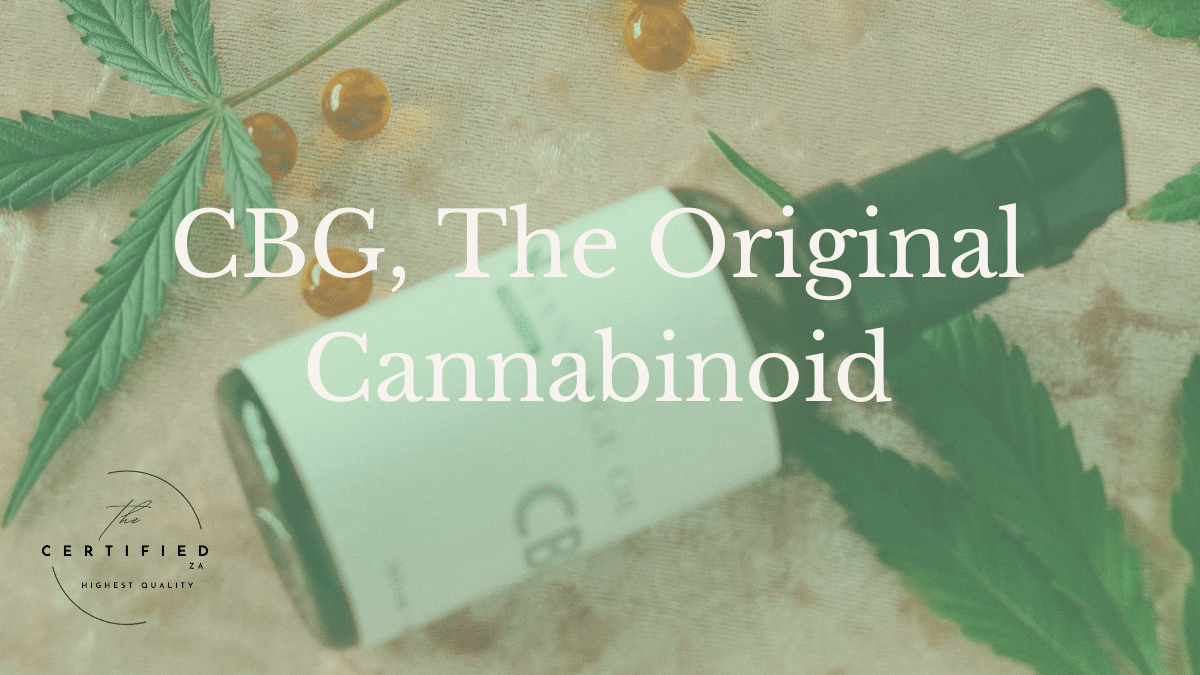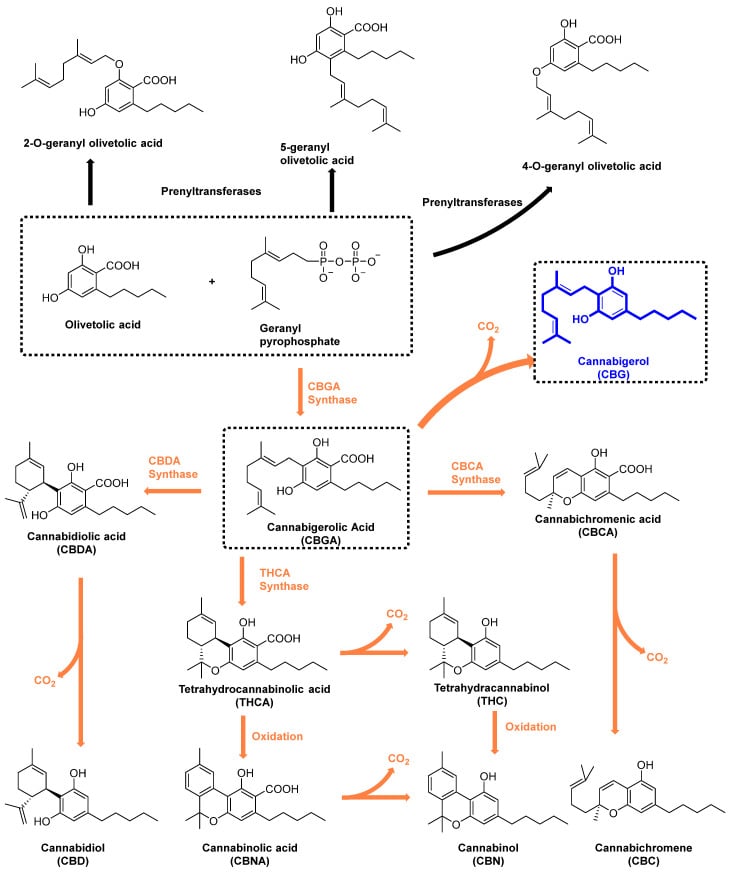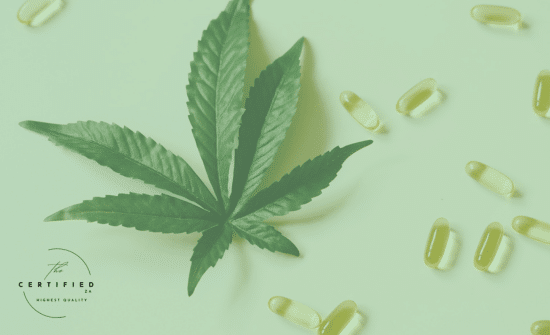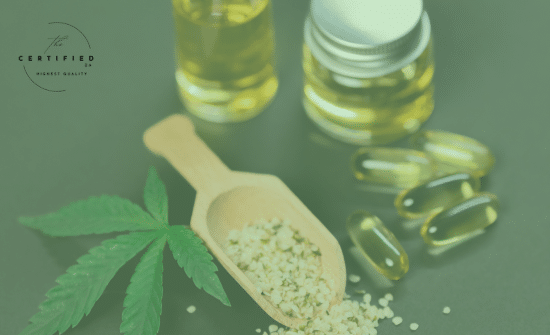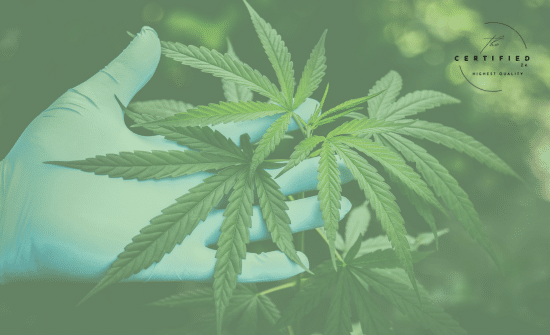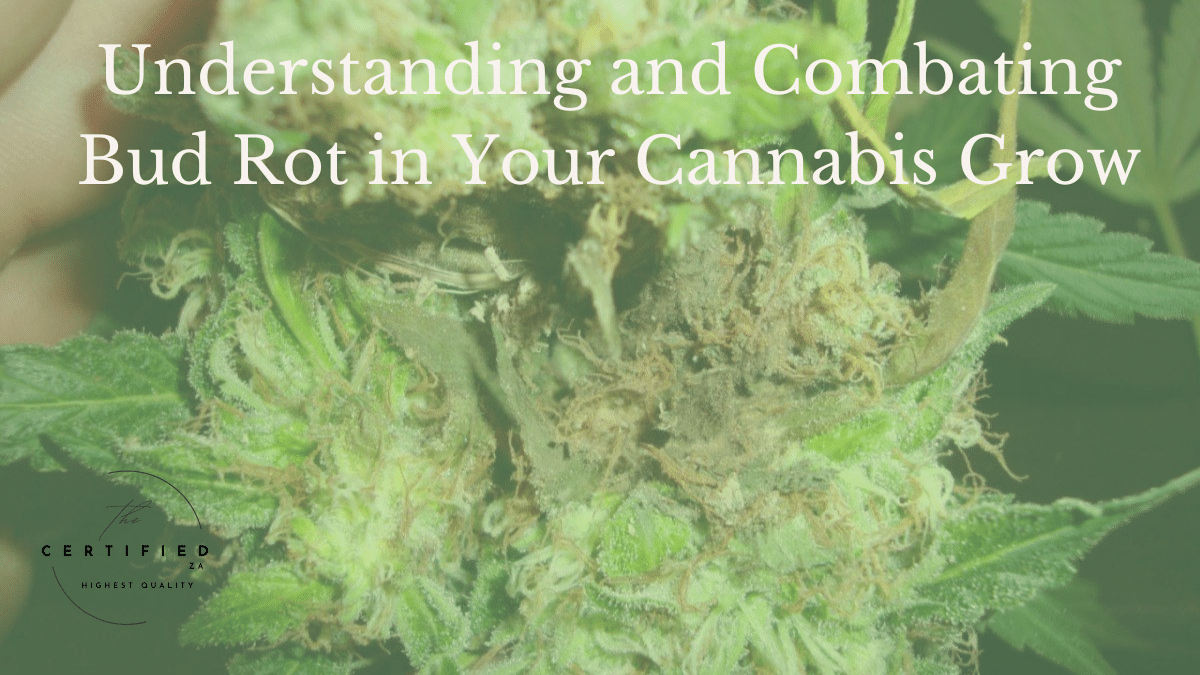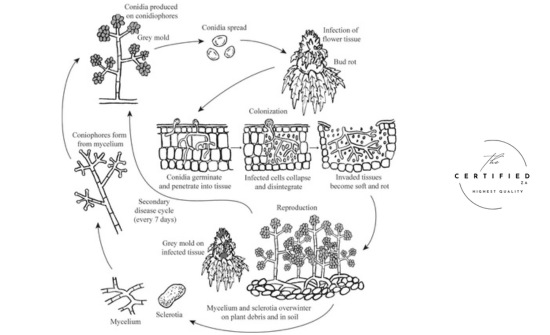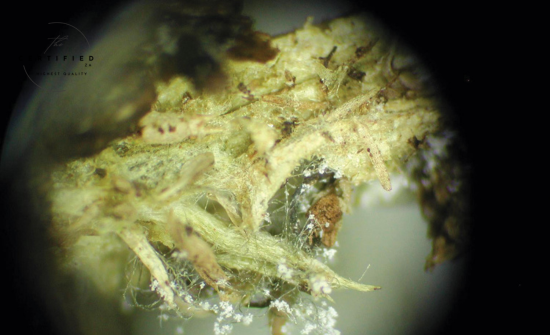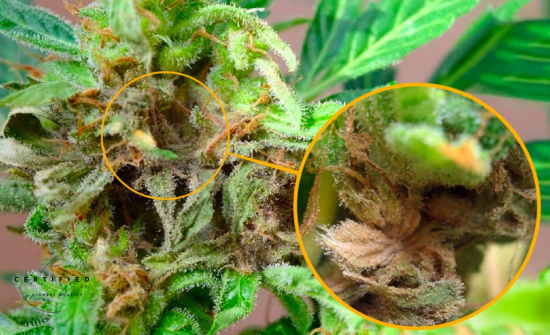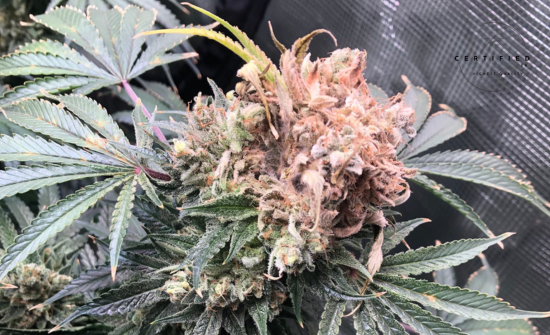
Audio Will be uploaded ASAP
As the South African winter begins its gentle retreat, hinting at the vibrant outdoor growing season in September, a distinct buzz of preparation fills the air. While seasoned organic growers are already meticulously tending to their living soils, many cultivators are contemplating the fundamental starting point of their next cycle: plant propagation. For those aiming for efficiency, consistency, and a head start, choosing cannabis clones over seeds is increasingly becoming a strategic decision, offering a more predictable and rewarding cultivation journey.
This week, we’re diving into the compelling world of cannabis clones. We’ll explore why they represent an easier yet highly reliable option for both new and experienced growers, and how they contribute to a more streamlined and successful cultivation process. This isn’t just about choosing a shortcut; it’s about making an informed decision that aligns with your cultivation goals and maximises your garden’s potential.
The Undeniable Advantages of Propagating with Clones
In essence, cloning is the process of creating a genetically identical copy of a mature cannabis plant, often referred to as the “mother” plant. This method of vegetative propagation offers a suite of advantages that can significantly streamline your grow cycle:
- Unparalleled Consistency: Each clone is a genetic replica of its mother. This means growers can expect predictable outcomes in terms of growth patterns, yield potential, and, crucially, the final cannabinoid and terpene profiles. As we’ve discussed in our “Cultivating with Purpose” series, achieving specific goals (like high-THC flower or extract material with particular terpene expressions) relies on knowing your genetics. Clones provide this reliability, allowing for unparalleled consistency in your harvests, a quality the market highly values.
- Accelerated Growth and Quicker Harvests: Clones bypass the germination and seedling phases entirely, saving several weeks of cultivation time. They develop root systems faster than seeds, allowing them to be established in your grow medium more quickly. This speed is particularly advantageous for methods like the Sea of Green (SOG), where growers can move clones directly from a short vegetative period into flowering, significantly cutting down overall grow times and enabling more harvest cycles per year.
- Guaranteed Genetics and Health: When you propagate from a clone, you eliminate the genetic lottery of seeds. You know the exact sex of your plant (typically feminised, ensuring a flower-producing plant) and its inherent characteristics. Furthermore, clones sourced from reputable nurseries are often certified virus, pest, and disease-free. As highlighted in our deep dive into tissue culture, sterile starting material is a fundamental defence against devastating pathogens like bud rot, ensuring your plants begin their life cycle on the healthiest possible footing.

Clones vs. Seeds: Tailoring Your Start to Your Grow Philosophy
While seeds offer the advantage of genetic diversity, particularly vital for breeding new strains, clones provide a distinct set of benefits that cater to specific grower needs and philosophies. This choice often comes down to your priorities for the season.
Clones offer a simplified start that reduces the common pitfalls of early cultivation. New growers, in particular, can greatly benefit by bypassing the delicate germination phase, which can be prone to issues like damping-off. This eliminates a significant source of early-grow frustration and frees up time and resources that would otherwise be spent on nurturing young seedlings. For growers who prioritise efficiency and predictability, the time and resource savings are substantial. Rather than investing energy into numerous seeds with unknown potentials, clones offer a known quantity, a proven genetic line, allowing growers to focus their efforts on optimising the later, more impactful stages of growth.
Sourcing Your Elite Genetics: Trusted Nurseries for the Southern African Grower
For growers in Southern Africa looking to leverage the power of clones, several reputable nurseries offer a wide range of high-quality cannabis genetics, often with convenient shipping options and diverse plant sizes to suit various setups. These businesses are dedicated to providing healthy, pheno-selected clones that serve as a reliable foundation for your cultivation goals.
Nurseries like Dagga Farmacy, with locations in Lanseria (Gauteng) and Paarl (Western Cape), pride themselves on offering pheno-selected cannabis clones. As a family-owned nursery, they emphasise sharing knowledge through their Grow Club, offering valuable insights that complement our discussions on living soil preparation and strategic nutrient management.
Similarly, The Clone Club focuses on sourcing and germinating internationally recognised strains, applying rigorous testing regimes to ensure their genetics are virus, pest, and disease-free. They offer direct delivery across South Africa, emphasising unbeatable quality.
Another excellent resource, Potted, stocks a wide array of high-quality clones, including those from renowned breeders like Compound Genetics and Ethos Genetics. These nurseries provide peace of mind, allowing you to dedicate yourself to growing “major fire and exotics” this year, knowing you’ve started with top-tier, reliable genetics, whether you’re interested in the high-THC potency of strains like Bruce Banner or the balanced profiles of RS11 x Banana OG.
If you’re in the Garden Route area, you should consider contacting Danky Bear – The plants are trialled and tested for quality. Due to their location of cultivation, they have higher mould resistance than most other nurseries out there. Most of these establishments will ship directly to your door. Secure and safe. This is not their first rodeo…
Empowering Your Cultivation Journey
The choice to propagate with clones is a strategic decision that empowers growers with consistency, speed, and reliability. As the South African growing season approaches, embracing this method can significantly streamline your cultivation journey, allowing you to focus on optimising plant health and maximising yield.
By understanding the distinct advantages of clones, leveraging the expertise of reputable nurseries, and applying the cultivation principles we’ve explored—from meticulous soil preparation and environmental control to precise nutrient management—you lay the groundwork for a more predictable and successful harvest. This approach ensures your hard work is built on a strong, healthy foundation, positioning you to achieve your cultivation goals and enjoy the rewarding experience of growing exceptional cannabis.
PS. Often, when grow shops have events during the season, they will give out clones as gifts to people attending. If you are unsure of whether or not cannabis clones are for you or not. Perhaps attend one of those events and score one for free. It might change your mind.




















